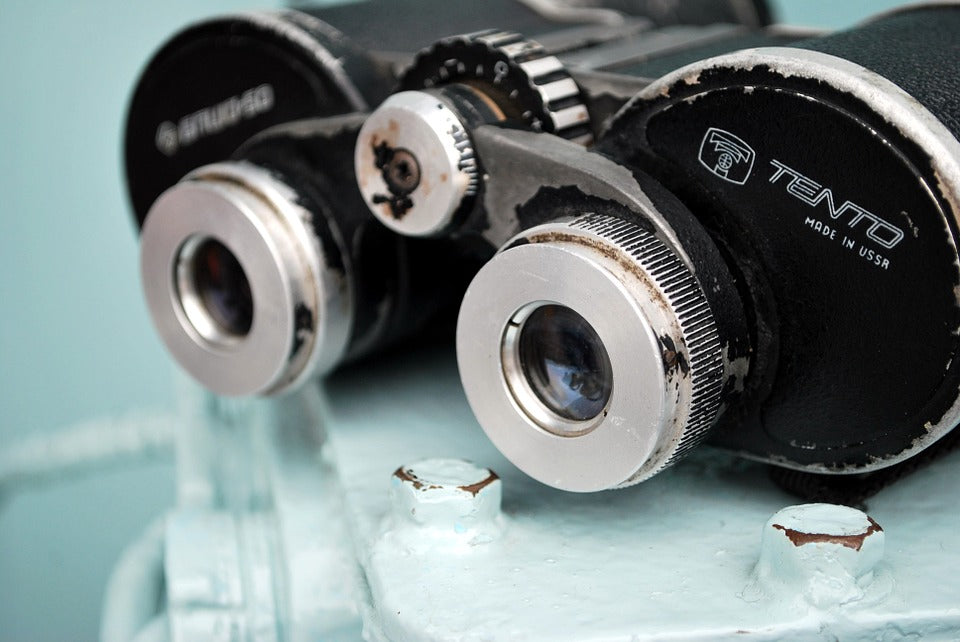Offer
Provide additional details about the offer you're running.
Provide additional details about the offer you're running.
Provide additional details about the offer you're running.

As with most possessions, sometimes the test of time can really affect the quality and performance of some of our favorite things. Even the best equipment at times, is in need of a servicing, upgrade or replacement and the same goes for your birding binoculars.
When to replace them is entirely up to you and differs across a variety of different people and their preferences. Some people opt to replace their binoculars every couple of years when a newer model comes out, while others will hang on to their favorite pair for many, many years. Selecting the right optics for birding can sometimes be a challenging undertaking.
Here are a few points to consider helping you identify if perhaps it is time to choose a new pair of birding binoculars:
Newer models always seem to be made with stronger magnification, so if you are finding that your subject always seems to be a little blurry, upgrading to a newer, stronger magnification model can really help your identification skills, especially as we age a little older. Knowing how to compare optics for your needs is important, what to consider 8×42 , 10 x 42 , 8x 50, 10×50. All this depends on your use if you’re out in the field looking for birds the 8 to 10×42 is your best bet, should you be out in your boat always looking across the water you may want to consider 10 or 12×50 binoculars. Why? What do these numbers mean? The first number EG:8 is the amount of magnification the 2nd EG:42 is the size of the binocular lens (42mm) or diameter. The lens size(diameter) captures light and with quality factors field of view. The better the quality of optics, better the glass in the lens which then gives you a larger field of view, crisp color, better light capturing capability and so on.
Older, bulky binoculars can prove to be a burden to some on long walks, or simply having to hold them up to your eyes for an extended period of time during bird identification. Upgraded and newer models are getting much more lightweight, giving you much more in a smaller package.
Often, we see an older pair of binoculars that begin to have focus problems. Typically as time goes on the focus wheel becomes quite stiff and in some cases jams completely or goes the other way and becomes so loose, it is impossible to control.
Identifying birds and their unique subtleties is a skill you have been developing for years, and your optics certainly plays a vital role in its development. Often in older model binoculars, you will find the image quality will decrease, and you might be unable to see the entire beauty of your subject’s plumage.
High Quality Blend